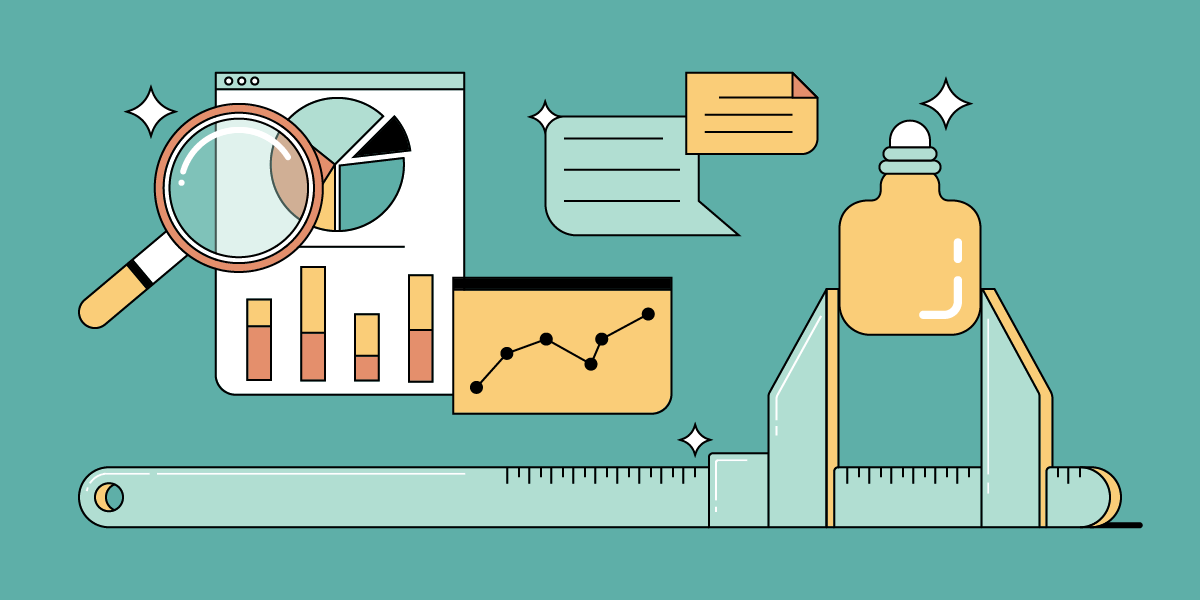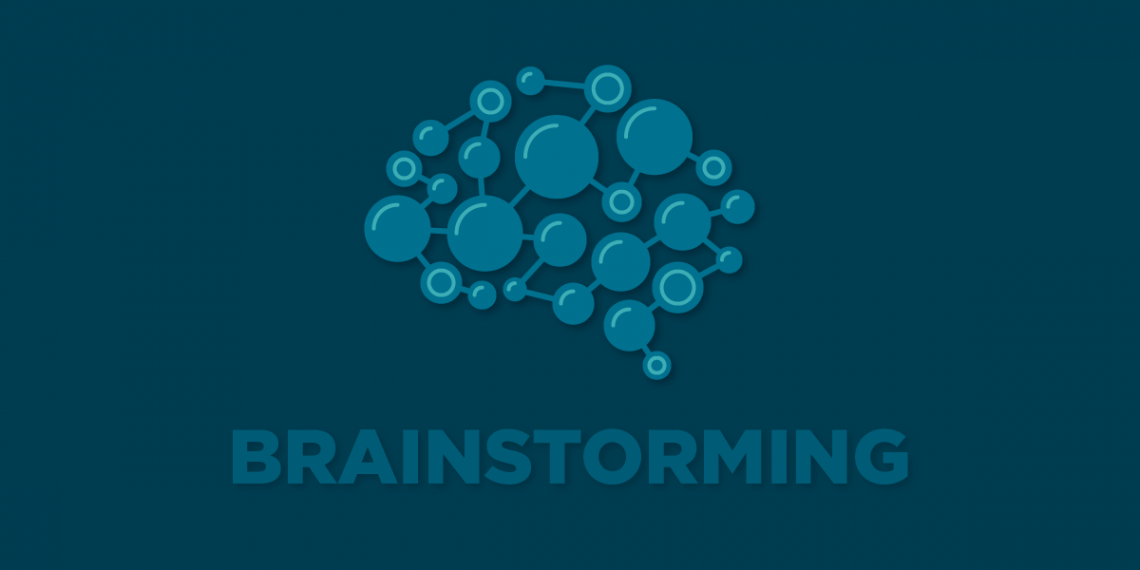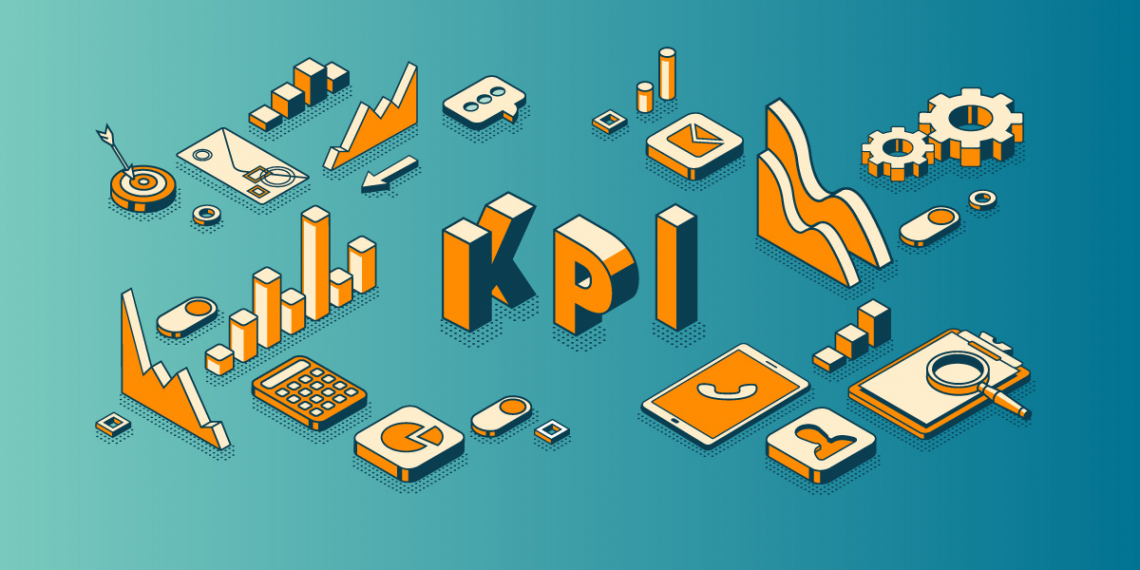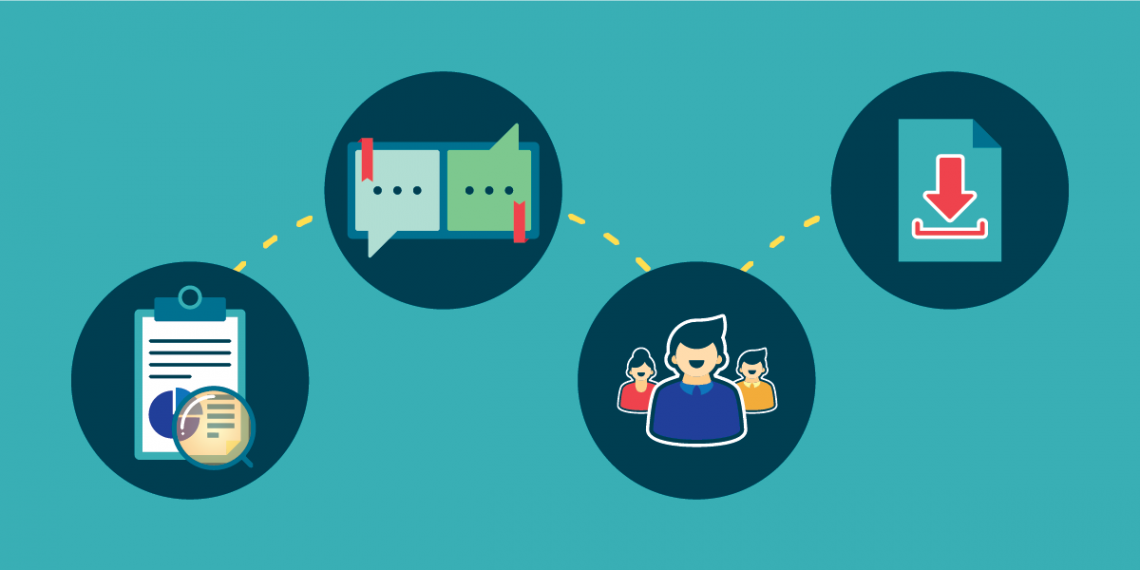This blog and the entire section are devoted to innovation and its management, but we have yet to address how it relates to performance management. All areas of management have common foundations and ideas, but understanding how they differ allows us to see how aligning one to another can yield benefits.
By the end of this post, you will learn where performance and innovation management meet, but first, we must grasp what performance management is very much about.
Performance management is a major element of any management strategy because its objective is to evaluate and optimize employee performance, which is what keeps everything running. Responsibilities of performance management include onboarding, developing and retaining talents, but also consistent reviews of performance data. Managers must understand what, how, and why employees do what they do in order to effectively lead them. This means that when confronted with obstacles, they must identify them and employ specific strategies to overcome them. Apart from the challenges, managers must be aware of the opportunities and use them to develop and implement innovative strategies that benefit both individuals and the company as a whole.
Performance management frequently identifies the following issues:
- Engagement of employees - The majority of managers believe that engaged employees contribute to the success of their companies.
- Retainment of talent - Employees are more encouraged to stay with the company and even put more effort if the management team works hard to develop them professionally, assist them in achieving their goals, and continuously acknowledge performance.
- Cultivation of leaders - On top of being resourceful, recruiting always entails the risk of making poor choices. This is why performance management often considers developing leaders from among their own employees.
The fundamental idea behind Innovation Cloud is to utilize innovation management software within a company through a role-based framework that allows you to not only evaluate employee innovation activity but also show their key performance indicators.
2. Boost employee engagement
Did you know that 71% of managers feel employee engagement is one of the most important factors in overall organizational success? (Source: FastTrack)
Innovation management software with built-in gamification features contributes to increased engagement of employees. This is important not for innovation alone, but for the overall employee performance level.
3. Develop leadership and mentoring competencies
In such a transparent system as Innovation Cloud, leaders can further develop and demonstrate their abilities by sharing their insights and acquiring knowledge throughout cross-functional teams. This is where true leaders are built, where they can be recognized and appreciated.
4. Increase productivity with better performance
Setting precise, measurable, and time-bound goals with Challenges and clearly defined responsibilities enhance focus on one’s job and function, resulting in higher performance and, eventually, better individual and team performance. Isn’t that an awesome innovation management tool that can also be applied to performance management?
5. Create a rewarding program that encourages achievement
Identifying top contributors for ideation sessions among your employees is significant because it is linked to a rewarding program, which is simple to implement if you can track their performance in such activities. This is yet another advantage of adopting the Innovation Cloud as a powerful tool for measuring key performance indicators at various management levels. Top contributors are promoted and rewarded for their accomplishments, sending a strong message to other employees to keep up the good work!
This is where innovation management shines a light on performance management, but if you want to learn everything there is to know about our SaaS solution, schedule a demo with one of our experienced innovation consultants and broaden your management impact in different areas of business.






